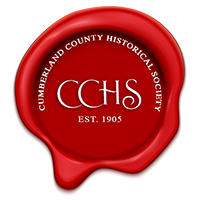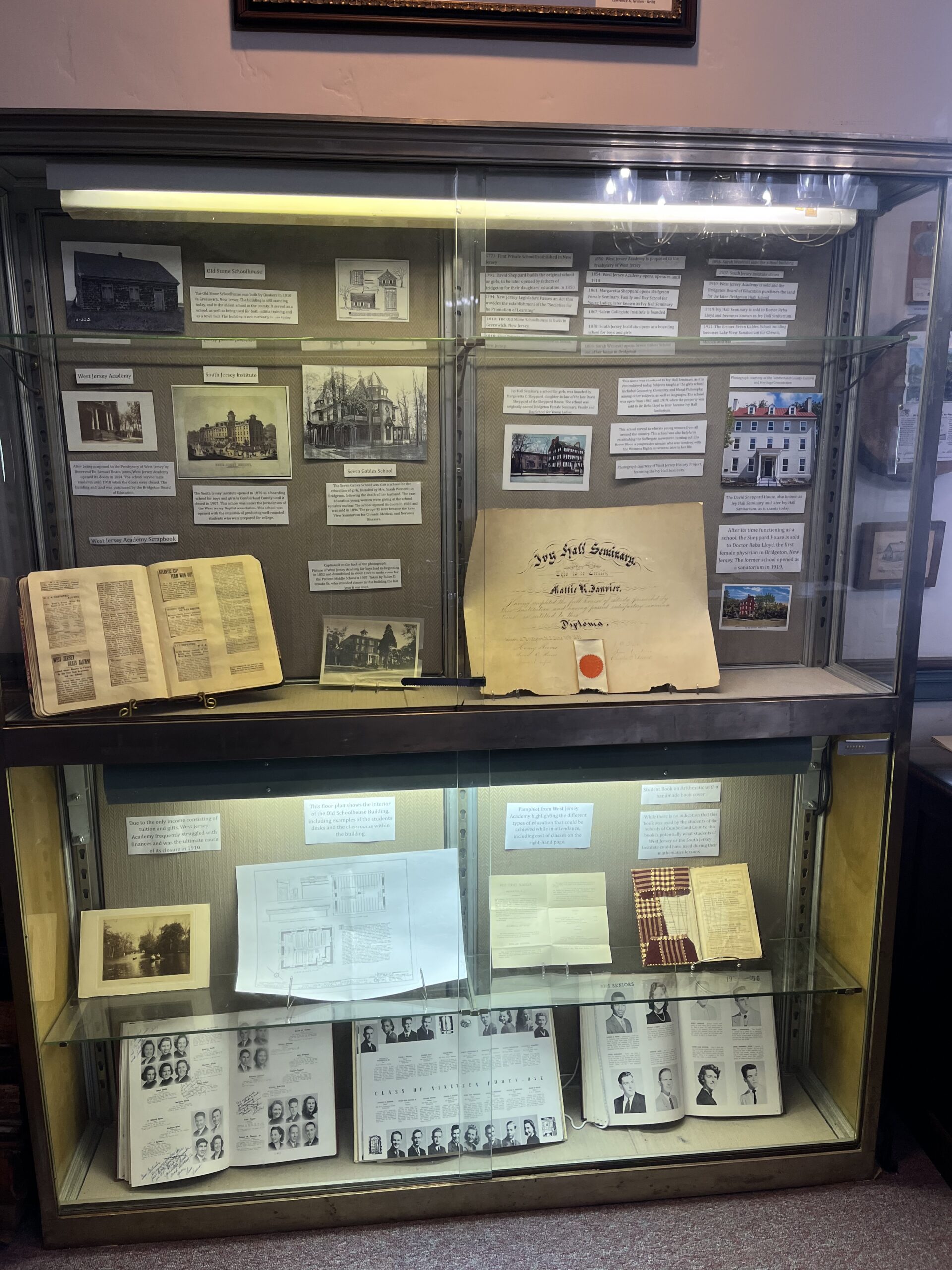Mischief Night
By Victoria Scannella, Library Assistant
Mischief night, known to those of us from New Jersey or the general Northeastern region of the United States, is known as the night before Halloween. Often, this night consists of pranks ranging from silly and harmless to cruel and mean. Growing up, we were often discouraged from going out on Mischief Night, bringing our pumpkins inside, and being wary of people knocking on the door. Some pranks could include toilet papering someone’s home, smashing their jack o’ lanterns, or egging a house. It is documented that:
In the U.S., Halloween Eve goes by many names, with variation even in the areas that do call it something special. “Mischief Night” has a strong presence in the New Jersey area and the coastal Northeast. In Detroit, Oct. 30 is known as Devil’s Night. Parts of New England call it Cabbage Night. Elsewhere it’s devil’s eve, gate night or goosey night. (1)
In its original connotation, dating back to Oxford in the 1790s, it was not describing the night before Halloween. In some 19th-century resources, such as books and other similar materials, “Mischief Night” was a term for the night before May Day or Guy Fawkes day, where pranks were pulled by younger people around town. These, much like the modern Mischief Night pranks, ranged from nuisances to more destructive. (1) Because Mischief Night was considered to be a specific day, it was the perfect excuse to cause a bit of chaos!
Like Halloween, a holiday that has roots in Celtic Pagan traditions thousands of years ago, Mischief Night also has similar historical roots. The advent of Halloween, known in Celtic and Irish traditions as Samhain or All Hallows Eve, was also known as the day that the veil between worlds would lift and allow ghosts and the like to come back and re-enter our world for the duration the lines of the veil were blurred. (2) In The SUNDAY Trentonian, Mischief Night was described as the night “… the spirits of the dead would rise on All Souls’ Day and for one terrifying night, ghosts and goblins would be free to roam the earth.” (3) This was probably another excuse to cause chaos and have a little bit of fun, blaming it on ghosts. Since this was a genuine belief that they held, it also may have aided in their pranking as part of letting the ghosts enjoy some mortal mayhem.
It was in the 1930s and 1940s that Mischief Night actually became known as the night before Halloween, where pranks would be pulled and general mayhem caused. (1) With all of the turmoil that was present in the world during those two decades and even after, it makes sense why some would want to lash out or let off steam, whether that be from a stint of harmless pranks or total destruction. The pranking of people the night before Halloween possibly came about as a way to release the pent-up frustration as a result of the Great Depression and the introduction of a more lighthearted tradition to distract from the likelihood of the impending war. Some took it upon themselves to take more extreme measures, such as lighting fires, breaking windows, and other very destructive pranks. Others, on the other hand, performed more innocent pranks, like leaving leaves on people’s lawns and ding-dong ditching. (1) Some of these pranks also might have been linked to racism, specifically in the 50s and 60s during a time of unrest and unease across the United States. (2) There is no clear indication of what these particular instances looked like, or what kind of pranks (violent or otherwise) were being done. The SUNDAY Trentonian described Mischief Night as, “… the night when boisterous youths would emulate the legendary imps by running around trying to scare people, cause small disturbances and just generally be as mischievous as Tom Sawyer in his best form.” (3) This description of Mischief Night, or “Tick Tack Night” as the article also refers to it as, became known for vandalism more than harmless, Tom Sawyer-esq pranks.
Things really ramped up in the 1970s and 1980s with more violent and destructive occurrences like arson and destruction of private property. Specifically in Detroit, over 800 fires were set the three days prior to Halloween, and in 1986, a curfew was instilled for those under 18. In the 1990s, this brought about the introduction of the term “Angel’s Night” to counteract “Devil’s Night”, the name by which Mischief Night is known in Michigan. As time progressed, there were more volunteer groups who were intent on stopping any of the activities of Mischief Night, as well as a heavier police force to dissuade would-be pranksters and arsonists.
Here, in Cumberland County, the oldest published article discussing “Mischief Night” was from October 31, 1936. The article announces that:
At last Hallowe’en has arrived Last evening was the prelude to the merry masquerade commonly dubbed ‘Mischief Night.’ Local mummers are missing the good old times of some years ago when it was an annual custom to parade the streets, throwing confetti in every direction and acting as unconventional as possible. (4)
Although there are no thorough descriptions of what sort of behavior was on display at this parade, clearly there was no discouragement from participating in the Mischief Night shenanigans.
The next article discussing Mischief Night was published years later on October 28, 1941 by the Bridgeton Evening News. For the time being, it shall remain a Halloween mystery. The article from 1941 takes on a more wary tone, reporting that the Commissioner of Public Safety, Mervin Beach, announced that there would be a higher police presence to discourage the destruction of property that Mischief Night became associated with. The article read that “Hallowe’en pranks are all right with the commissioner, but he said that he will prosecute to the limit persons who destroy property or menace the safety of the public under the pretext of having fun.” (5) Much of the pranks being pulled on Mischief Night seemed to be good fun, but there were a few that took it too far. As the years went on, there were more instances of destruction and mischief that needed police involvement.
According to the Bridgeton Evening News, instances of vandalism on Mischief Night in 1945 were at an all time high. For example, “Police received calls from North Lauren and North streets and Penn and North Laurel streets, were obstructions were so placed that they could be pushed or pulled into the path of approaching cars.” (5) This is around the time that destruction and vandalism really started to take hold in the places that celebrated Mischief or Devil’s Night, and became synonymous with the celebration. As seen in an article from Refinery29, “Small acts of vandalism in the early 20th century would become troubling instances of public harassment, often infused with racism, in the 1950s and ’60s. And, most notably, the Mischief Nights of the 1980s were plagued by a rash of arsons in Detroit.” (6) It was due to the events in Detroit and other similar occurrences across the east coast during the 20th century that gave Mischief Night a bad name.
In my hometown, we never really celebrated Mischief Night. It was discouraged by the mayor and our teachers, and I never knew anyone who actually participated, harmless pranks or otherwise. I do recall being cautioned to bring our jack-o-lantern’s inside the house to avoid them getting smashed. As technology progressed, specifically with Ring cameras on many front doors and a demonstrated heightened police presence, the celebration of Mischief Night was left behind with the older generations. The idea of the celebration itself has become somewhat of an urban legend in and of itself as time has progressed and it is no longer something celebrated.
6. https://www.refinery29.com/en-us/2017/10/178824/what-is-mischief-night-before-halloween


